6 transformational packaging production trends of 2017
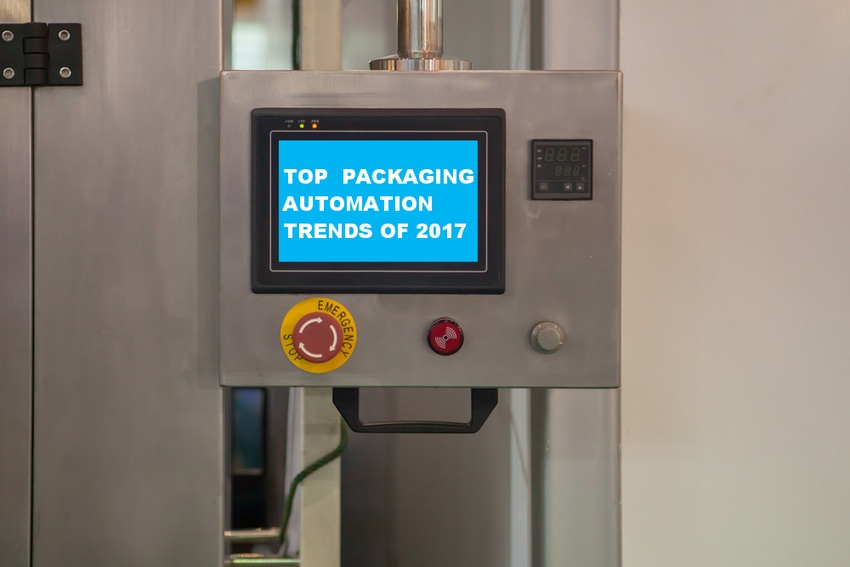
Industry 4.0, cobots and new processing methods are all revolutionizing today’s packaging operations—and packaging engineers are eager to learn what they can to leverage these technologies. As part of our end-of-the-year review, we’ve identified our top articles of the year related to packaging production, based on page views at PackagingDigest.com.
Some articles in our 2017 list were actually posted in earlier years, and show the high value of our coverage of emerging trends, even as they continue to evolve. (It also shows the power our articles wield for search engine optimization/SEO.)
Help us count down the final days of 2017 with a countdown of our top packaging automation articles of the year:

#6. How the 4th industrial revolution will impact packaging, part 1
How will Industry 4.0 impact packaging operations? Environmental advocate and law school graduate Kelly Cramer, now a senior manager at GreenBlue and the Sustainable Packaging Coalition, logically makes her argument in Part 1 of a two-part series:
“The world is changing as we enter the Fourth Industrial Revolution.
“Due in part to changing behaviors and desires, consumption is changing.
“As consumption is changing, the systems of production are also changing.
“Sustainability is a new standard and expectation in production and consumption.
“Because packaging touches all products, and because consumption and production are fundamentally changing, packaging will also fundamentally change.
“The traditional product/packaging system will struggle in the Fourth Industrial Revolution if it doesn’t adapt fast enough to the new demands put on it―but these changes can also set packaging free.”
Among the challenges Cramer sees are ecommerce and dimensional weight shipping. Among the exciting possibilities, she points to product concentrates and high-quality shelf-stable foods thanks to microwave-assisted thermal sterilization (MATS) processing (spoiler alert: more on this to come!).
Read the entire article by clicking the headline link above. Cramer’s Part 2 examines what industry can do about adapting packaging for this next era of production.
NEXT: How much automation do you really need on your packaging line?
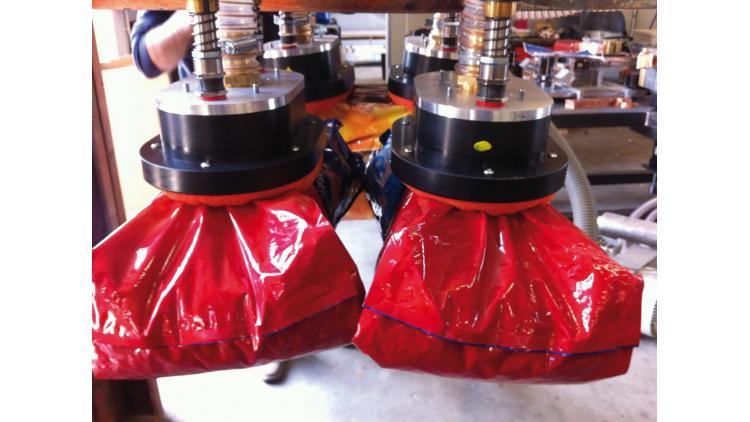
#5. How much automation do you really need on your packaging line?
Today, package engineering managers must weigh the need for production flexibility, limited numbers of skilled technicians and other challenges before selecting the type of packaging machinery that will best fit the plant’s needs.
Manufacturers must understand the requirements of their packaging lines before they decide if semi- or fully automated packaging equipment will do the job says Sean Riley, senior director, Media & Industry Communications, for PMMI, The Association for Packaging and Processing Technologies.
Riley explains the differences between semi- and fully-automatic packaging lines, and offers recommendations for when to use them.
NEXT: HPP putting healthy pressure on conventional processing methods
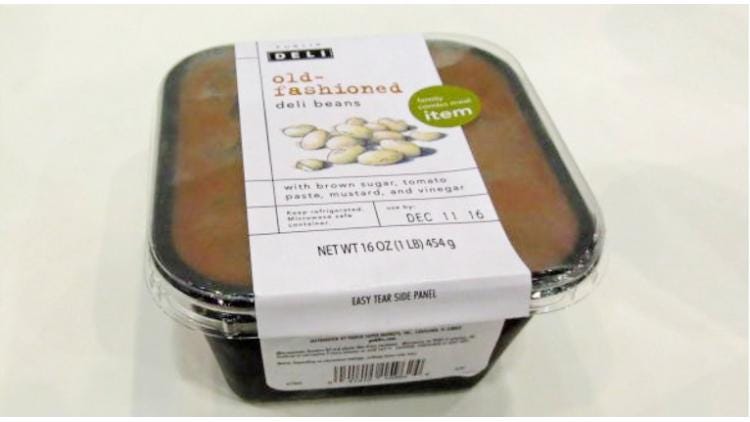
#4. HPP putting healthy pressure on conventional processing methods
Executives from leading high-pressure processing (HPP) machinery manufacturer Hiperbaric explain why the HPP market, which is estimated to reach $1.1 billion by the end of 2021, is growing so fast.
Key market drivers: “Higher demand for clean-label products and a heavier emphasis on social and environmental responsibility leads to consumers opting for safer, high quality products.”
Most-active product markets: “Juices and drinks and dips and meats are dominating the HPP market.”
Largest growth area: “We expect big growth [in Europe] in 2017 and in Oceania and throughout Asia.”
Packaging requirements: “The packaging design is limited to flexible and waterproof designs, meaning glass, rigid plastics or metals would not work.” [Until Hiperbaric found a way to make even those packages work.]
Constraints due to consumer confusion: “These days, we see more consumers becoming familiar with the technology, especially among the wellness-foods space.”
NEXT: What are collaborative robots and why should you care?
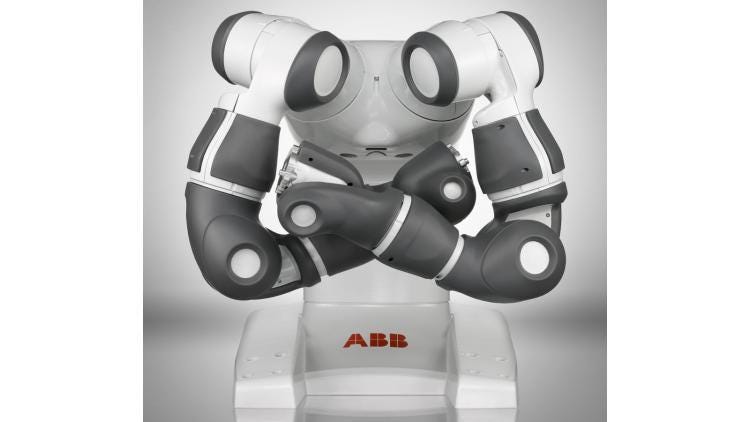
#3. What are collaborative robots and why should you care?
Changeover Wizard and packaging machinery guru John R. Henry takes the mystery out of collaborative robots with this highly popular May 2015 article.
In his easy-to-read writing style, Henry tells us what cobots are—and what they’re not.
He also explains the two basic approaches to making cobots safe:
1. “Make the robot inherently safe. If it makes contact with a human co-worker, it immediately stops so that the worker feels no more than a gentle nudge.”
2. “A sensor-based approach allows collaborative use in faster and heavier applications.”
But he goes one step further—because “no discussion of robot safety can ignore the end-of-arm tooling (EOAT)”—to include information about various suppliers of soft grippers/fingers.
Henry concludes: “Robots have come a long way in just the past 10 to 15 years. They used to be expensive, complicated machines that could be a bit scary to work with and required highly skilled technicians. Now they have become almost just another member of the team, working side by side and taking care of the ergonomically hazardous scut work nobody enjoys doing.”
NEXT: How food processing methods affect your packaging operations
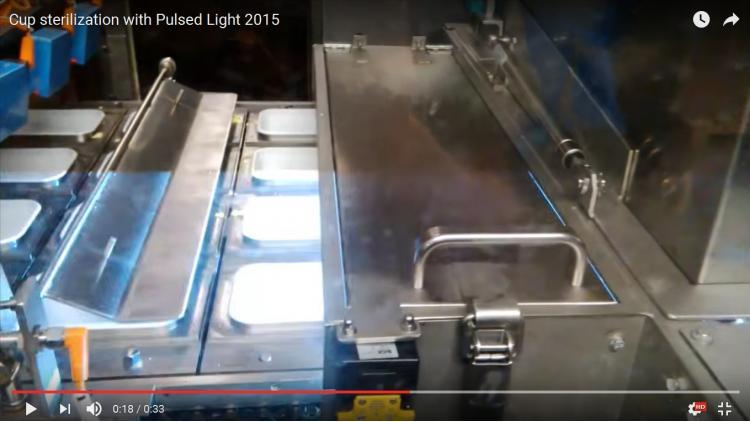
#2. How food processing methods affect your packaging options
Different food processing methods place certain demands on packaging that all packaging production professionals need to understand to ensure product safety and plant efficiency.
In this detailed article, posted July 2016, food processing expert Murat Balaban considers the implications of packaging limitations, challenges, opportunities and costs for five thermal and non-thermal processing methods:
• Retort processing;
• Aseptic processing;
• Microwave-assisted thermal sterilization (MATS);
• High- and ultra-high-pressure processing (HPP / UHP); and
• High-intensity light pulse (HILP).
Balaban is professor and retired chair of Food Process Engineering at the University of Auckland in New Zealand. His research and teaching experience in the food processing area covers more than 40 years.
NEXT: Food packaging identified for new MATS processing
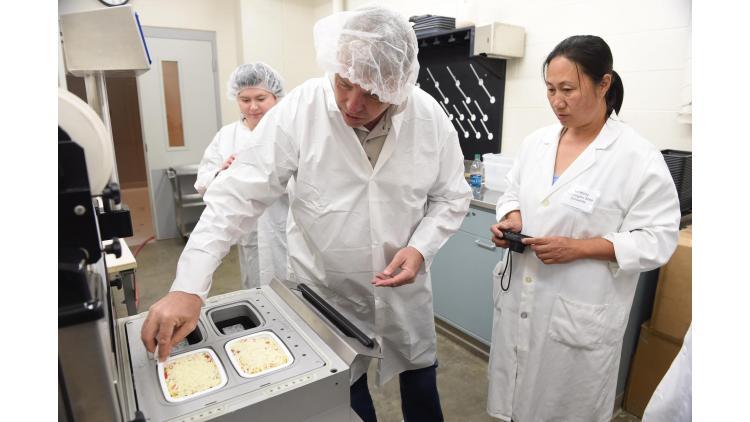
#1. Food packaging identified for new MATS processing
Our best-read packaging-production-related article of the year identified—back in June 2015—the potential of an emerging technology called microwave-assisted thermal sterilization (MATS) for food processing, as well as its implications for packaging. Perhaps you saw the potential yourselves, too, of this new thermal processing method that minimizes time-temperature requirements for killing microorganisms, and helps food companies produce healthier, tastier foods and cleaner labels.
Or maybe your interest was piqued when news got out that Amazon is investing in MATS to help push through the ecommerce barrier of refrigerated/frozen grocery delivery.
Matt Raider, COO of 915 Labs, licensee of the technology, explains that packaged food is simultaneously immersed in pressurized hot water and heated directly by 915 megahertz (MHz) frequency microwaves. The process is much shorter (10 to 15 minutes’ time) and gentler than retort, which takes about an hour. Because of its shorter, gentler process, MATS “opens up a whole universe of possibilities for packaging design, including down-gauging materials, reducing barrier materials and using entirely different materials than typical retort applications,” says Raider.
He also told Packaging Digest in September 2017 that commercialization of the technology is progressing: “We have an installed base of MATS systems around the world. The first MATS-made products hit retail shelves in Asia in June and we expect MATS-processed foods to be launched in the U.S. in early 2018.”
Packaging Digest will keep an eye out for updates on these and other key packaging automation and production trends and technologies. Happy reading!
******************************************************************************
A magic kingdom of packaging solutions: For packaging engineers, executives and designers—WestPack 2018 (Feb. 6-8; Anaheim, CA) delivers leading technologies, free educational presentations, hands-on demonstrations, exceptional networking opportunities and expert-led Innovation Tours. Click here to register now!
About the Author(s)
You May Also Like




